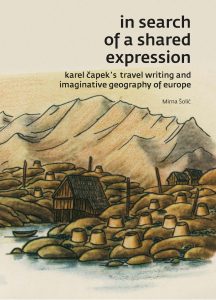
Karel Čapek (1890-1938) wrote at the time when the travel writing genre gained some of its most prominent artistic and narrative features, and the theme of travel permeated both literature and visual art. He contributed to its unique legacy founded on modernist, cross-generic and cross-artistic experiments not only in his travel writing opus, but also by incorporating the notion of travel into his other literary pursuits – from his translation of Apollinaire’s “Zone” (1919) to rendition of newts in his internationally renowned novel War With the Newts (1936). Čapek experimented with aesthetic features of the genre and the theme of travel, and, in lieu with cosmopolitan tendencies of the period, sought to overcome the opposition between home and abroad by suggesting an imaginative geography of Europe based on aesthetic rather than political identity. As he demonstrates, “becoming European through being Czech” is to be achieved through the awareness of a shared artistic tradition and exploration of the limits of literary expression, its ability to convey new times and new realities. In the aftermath of the Great War, and during the time when his country was looking for a chance to promote its identity, the travel writing genre, as well as the articulation of this theme across literature and arts, offered a platform for exploration and experimentation with these ideas.
